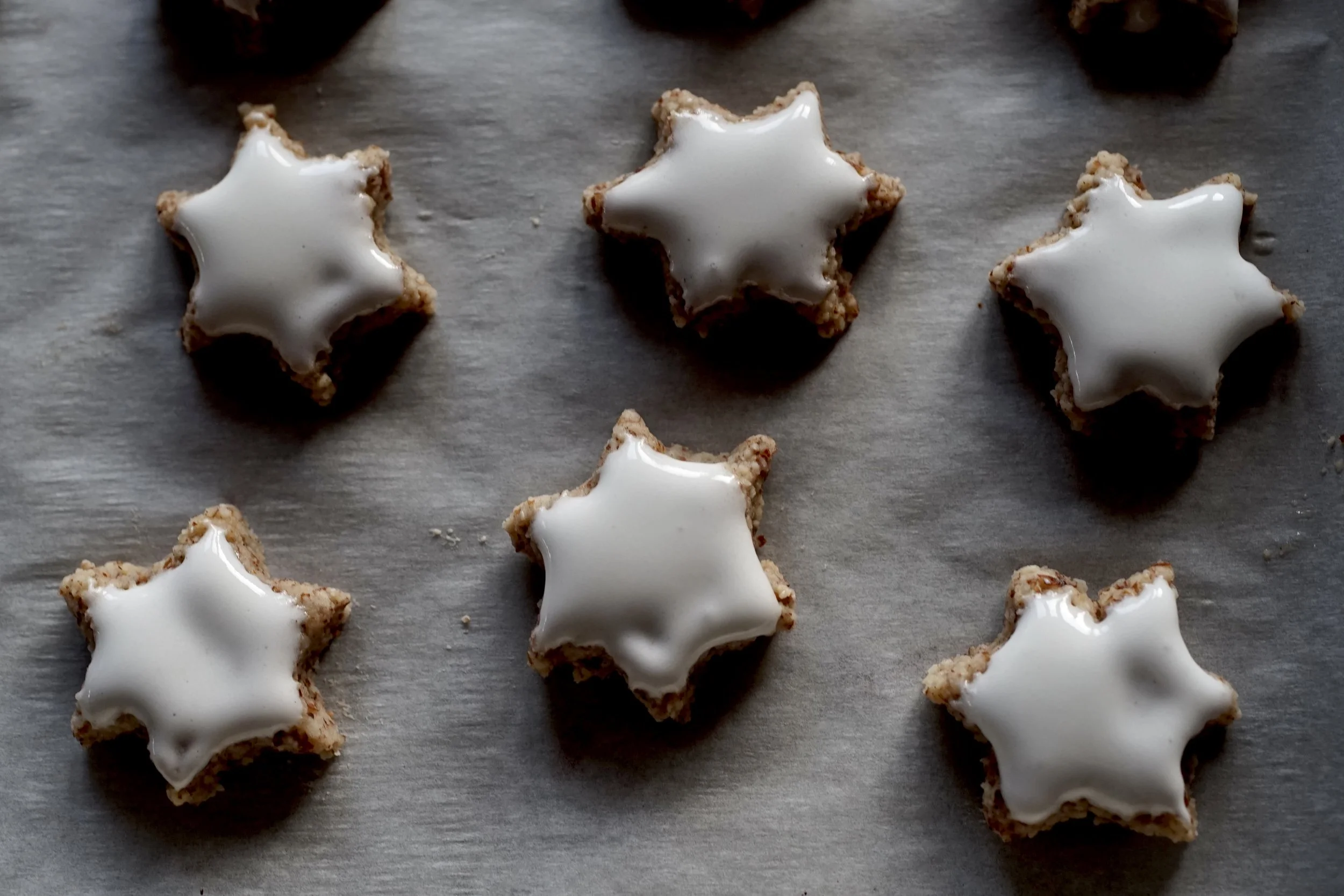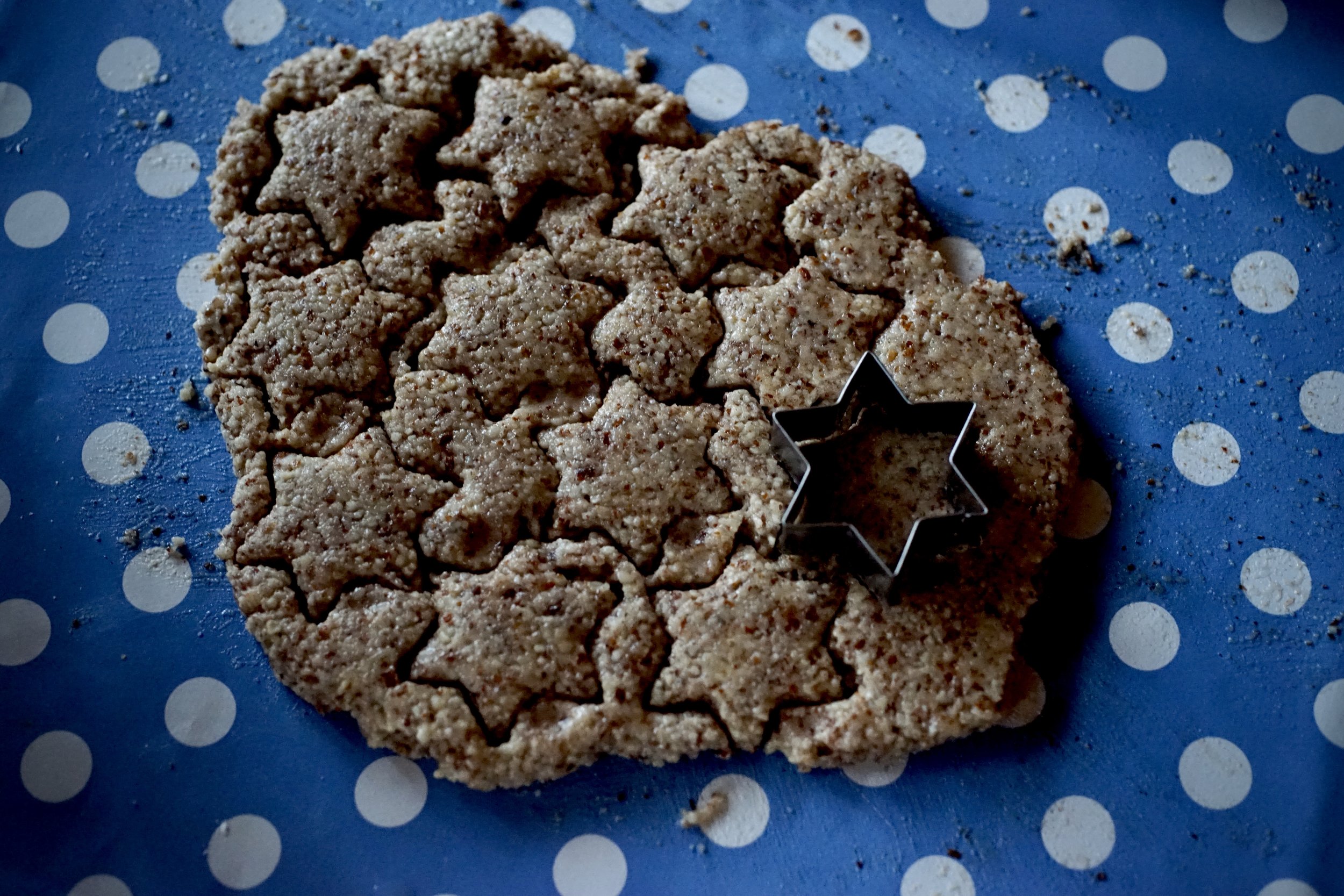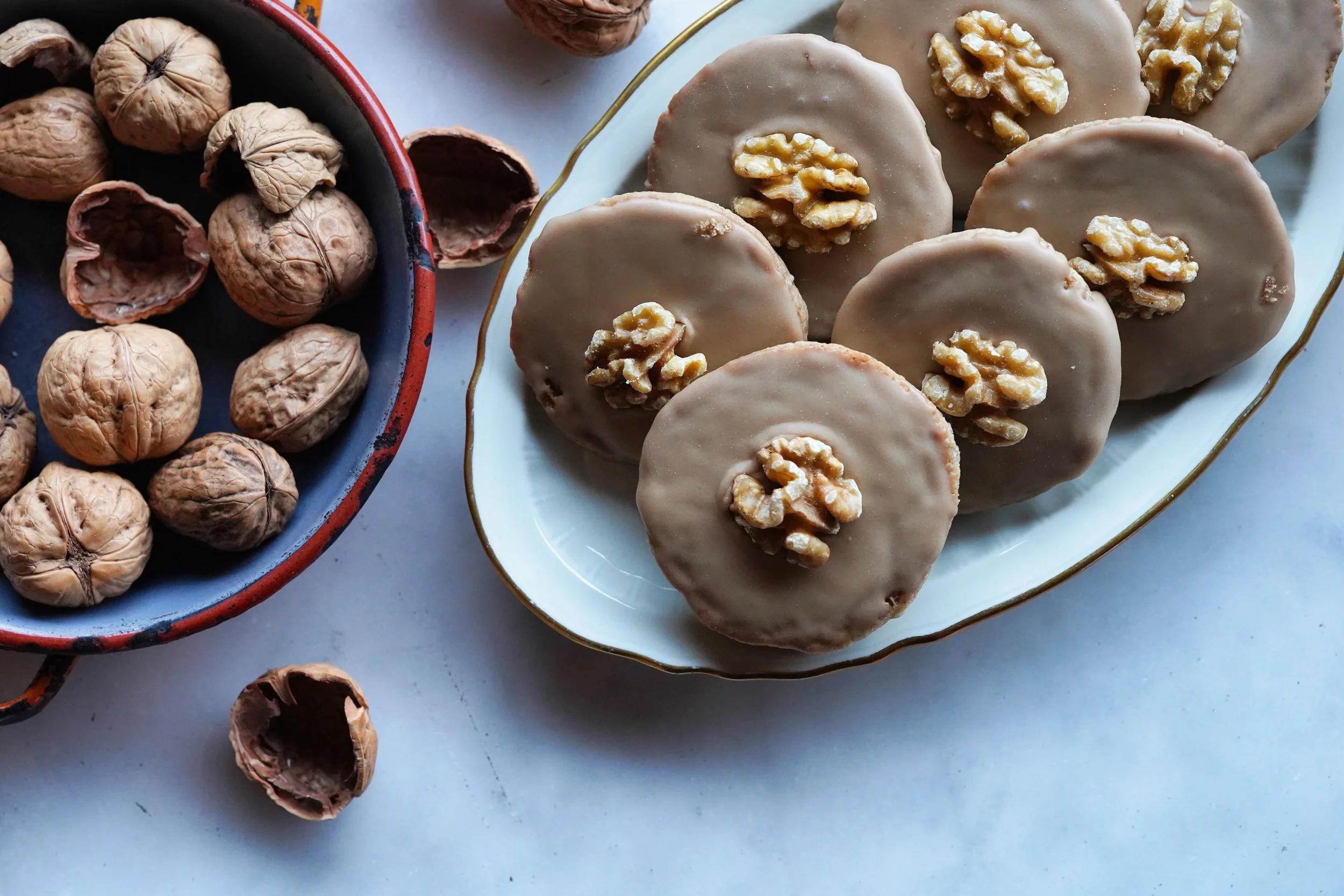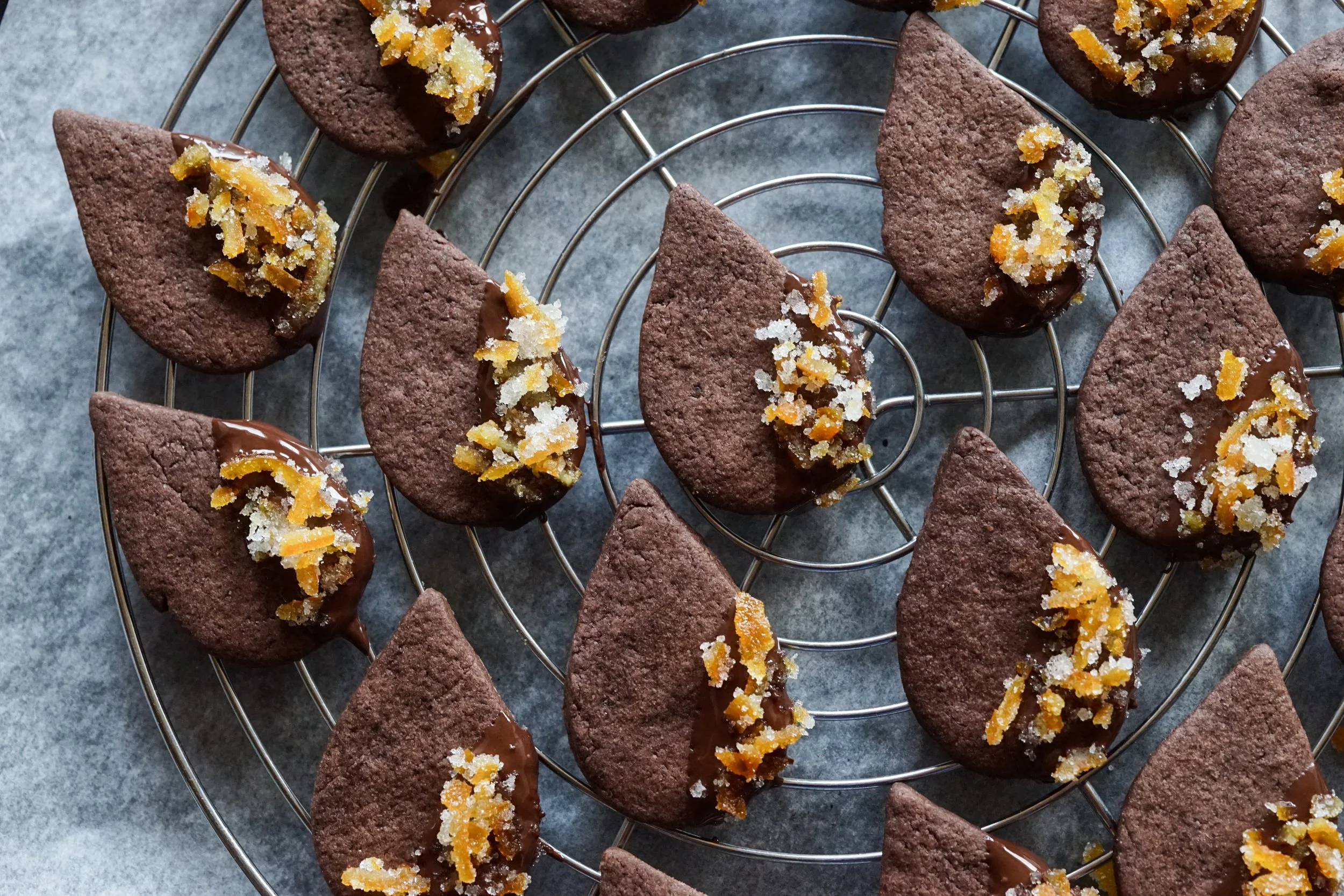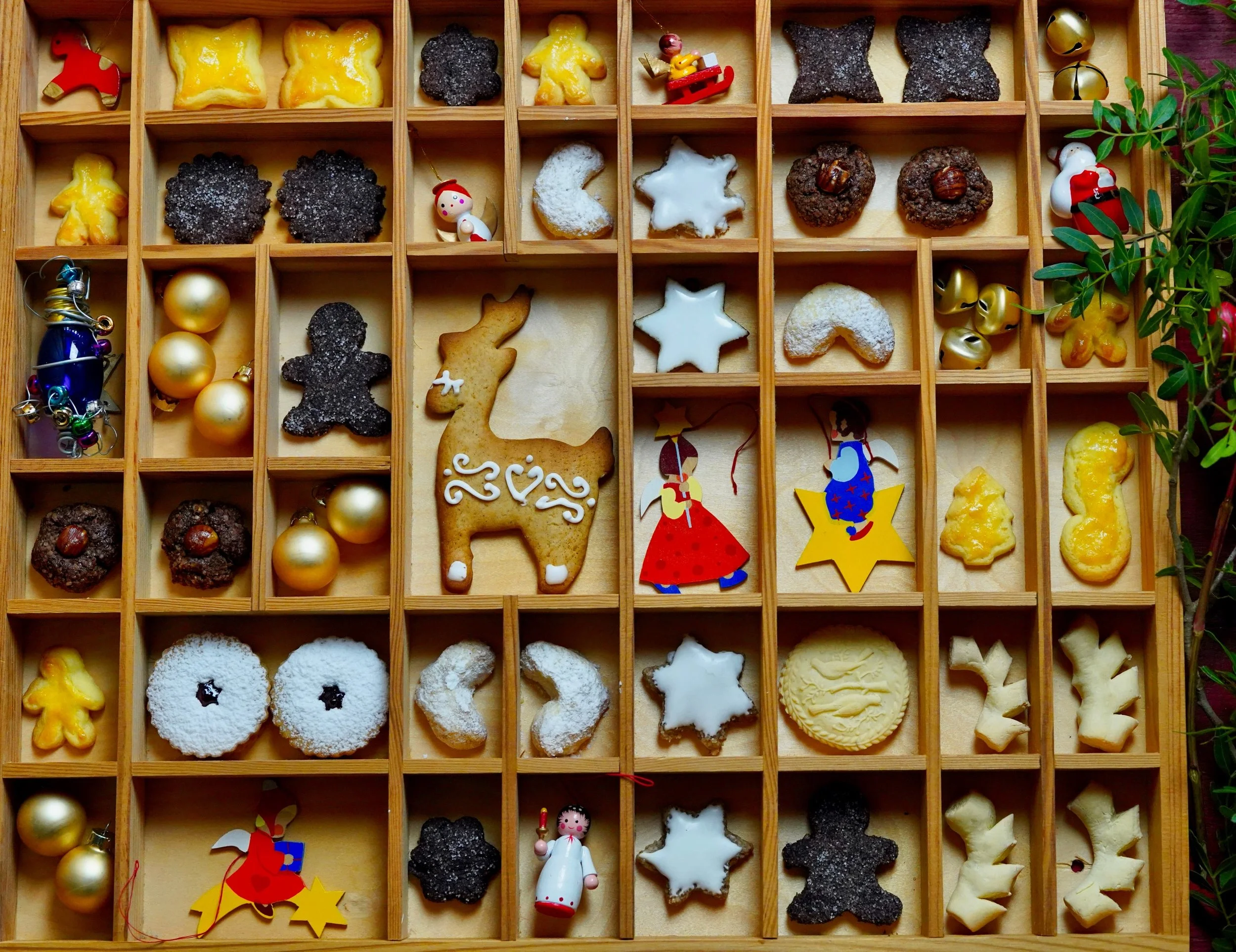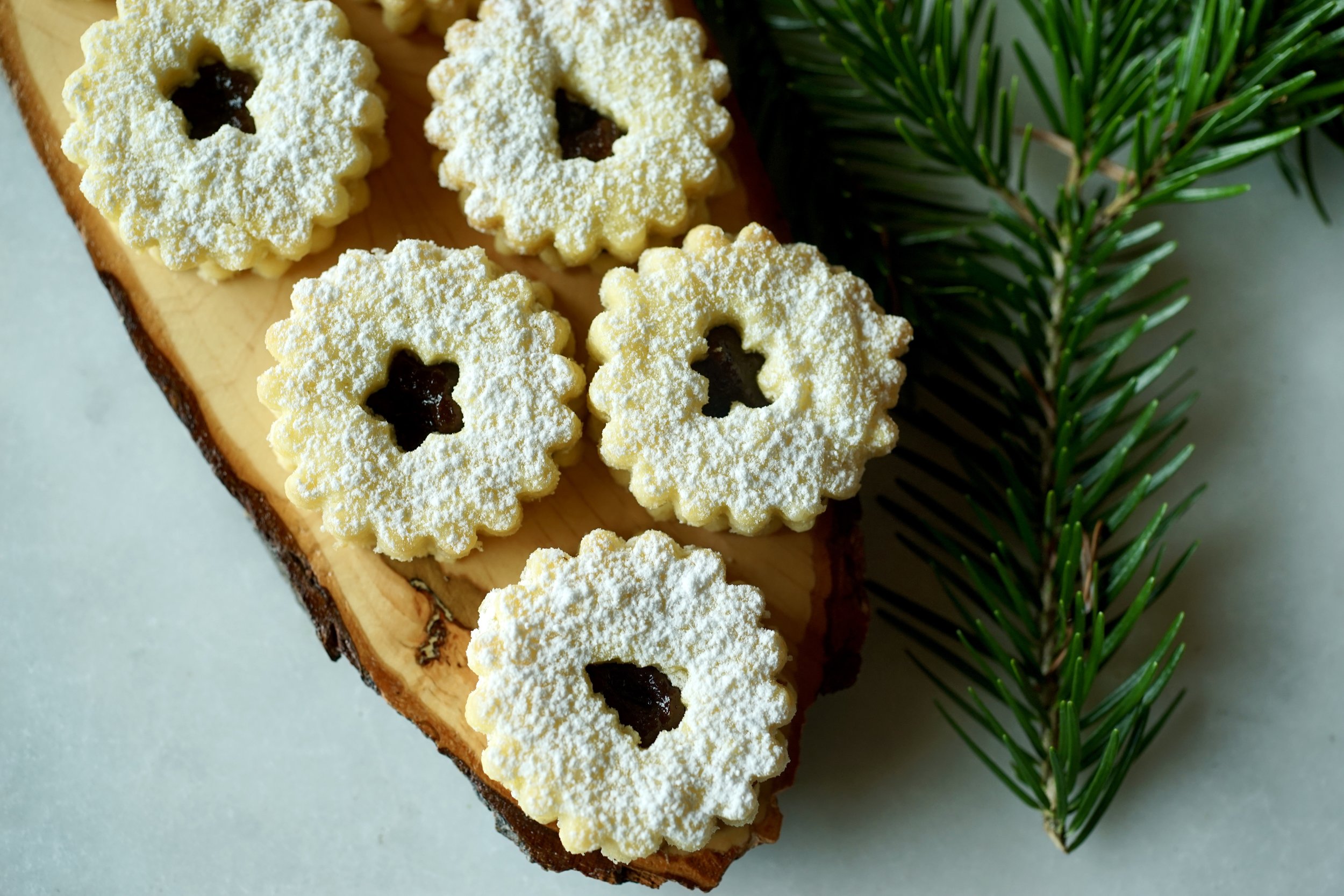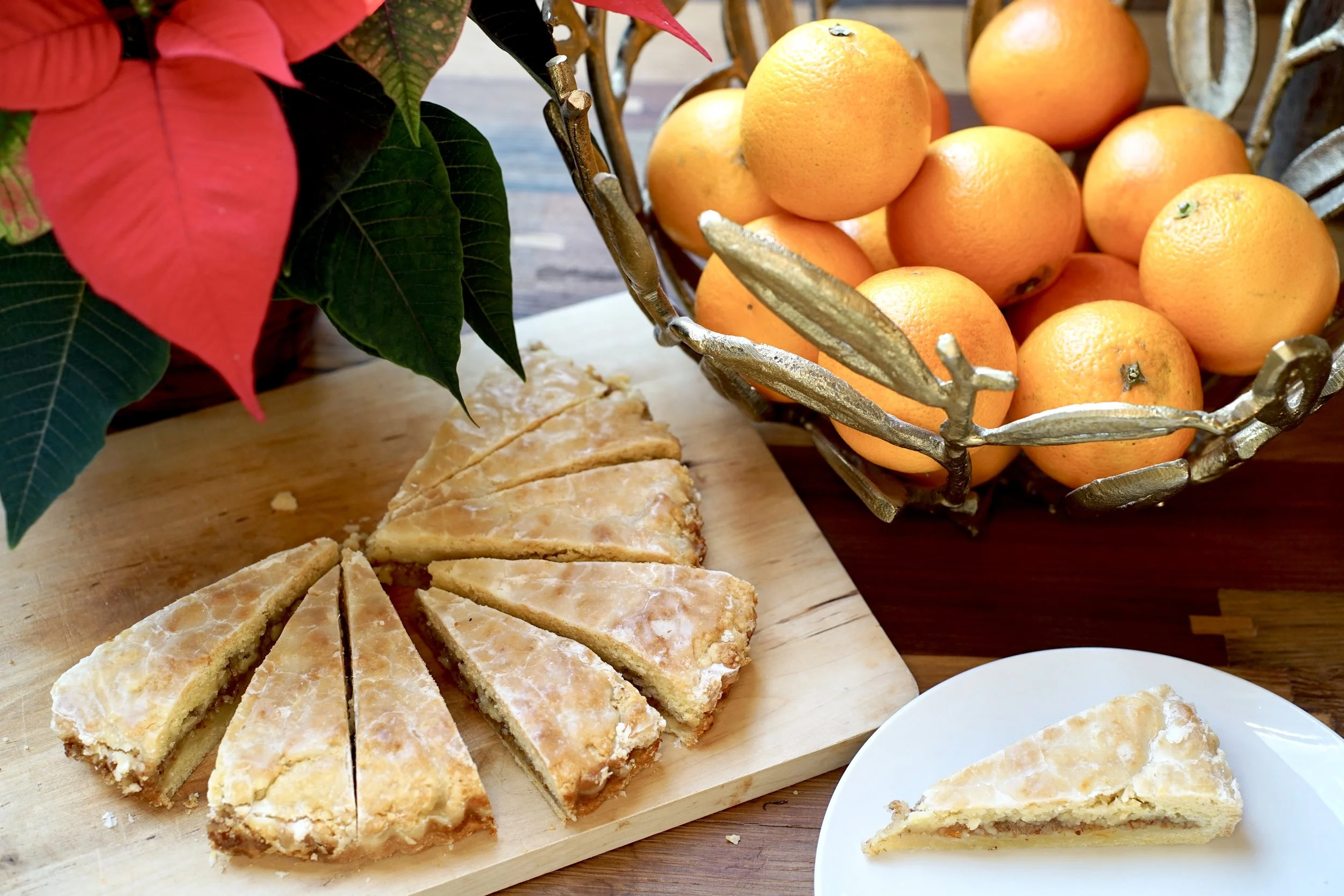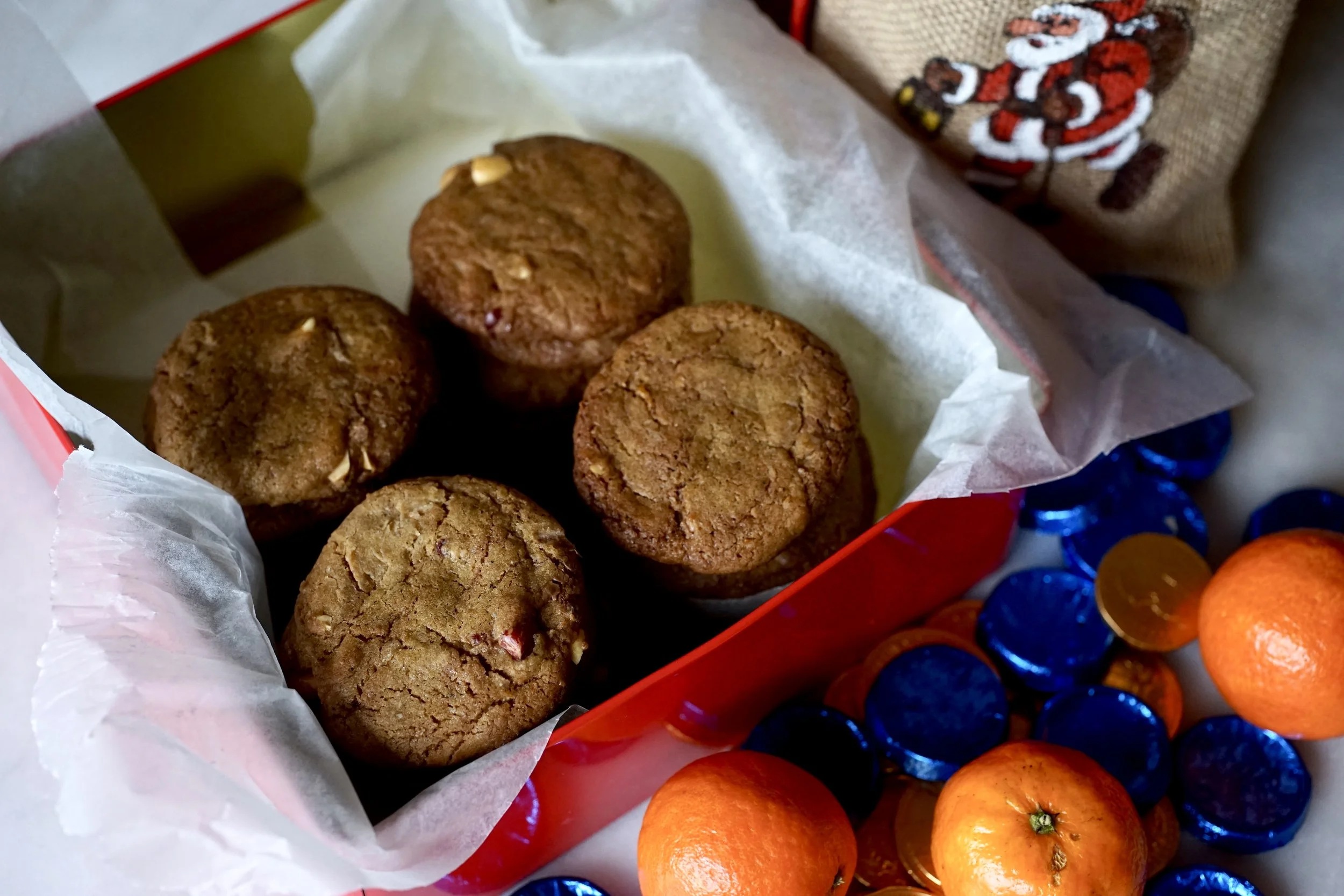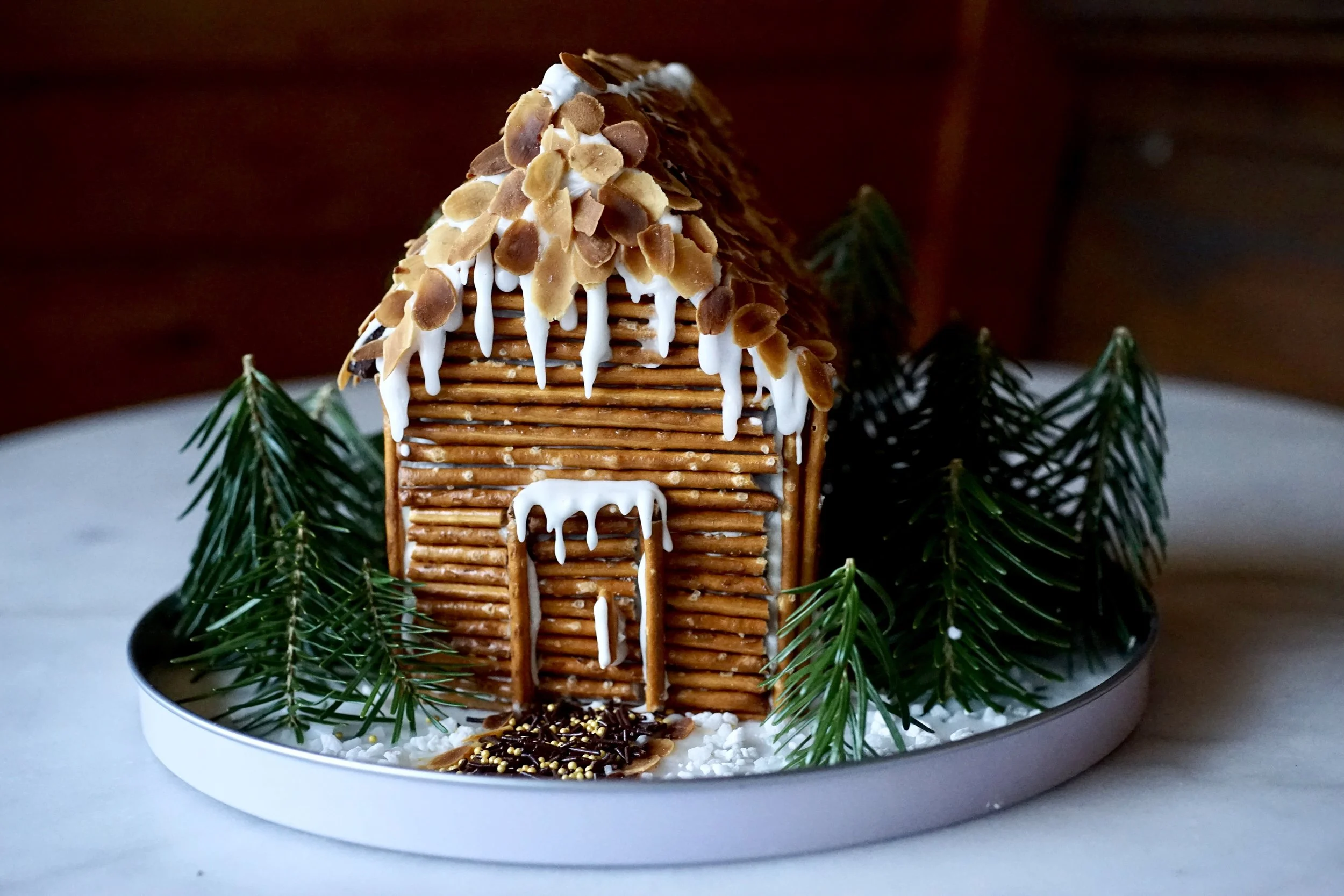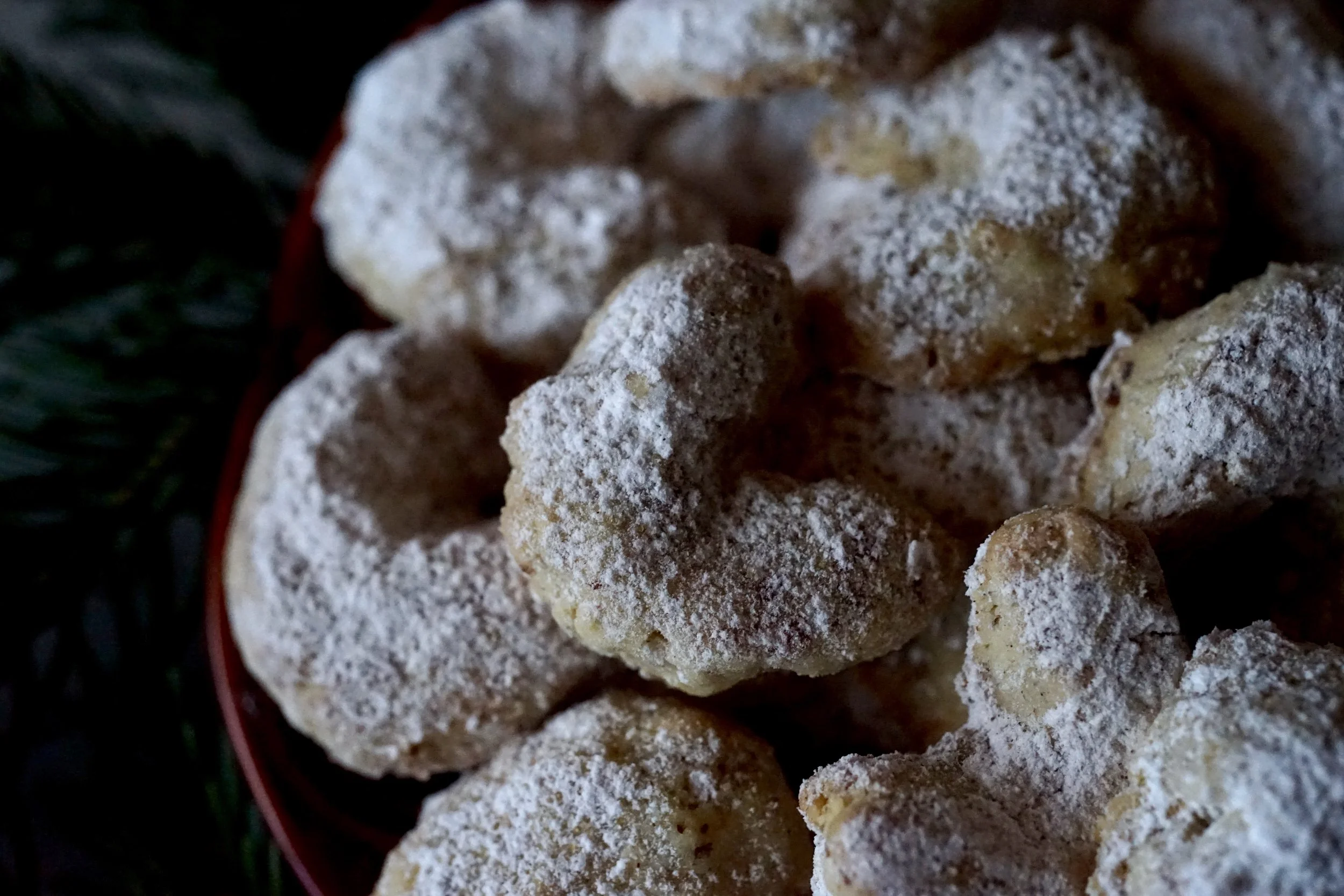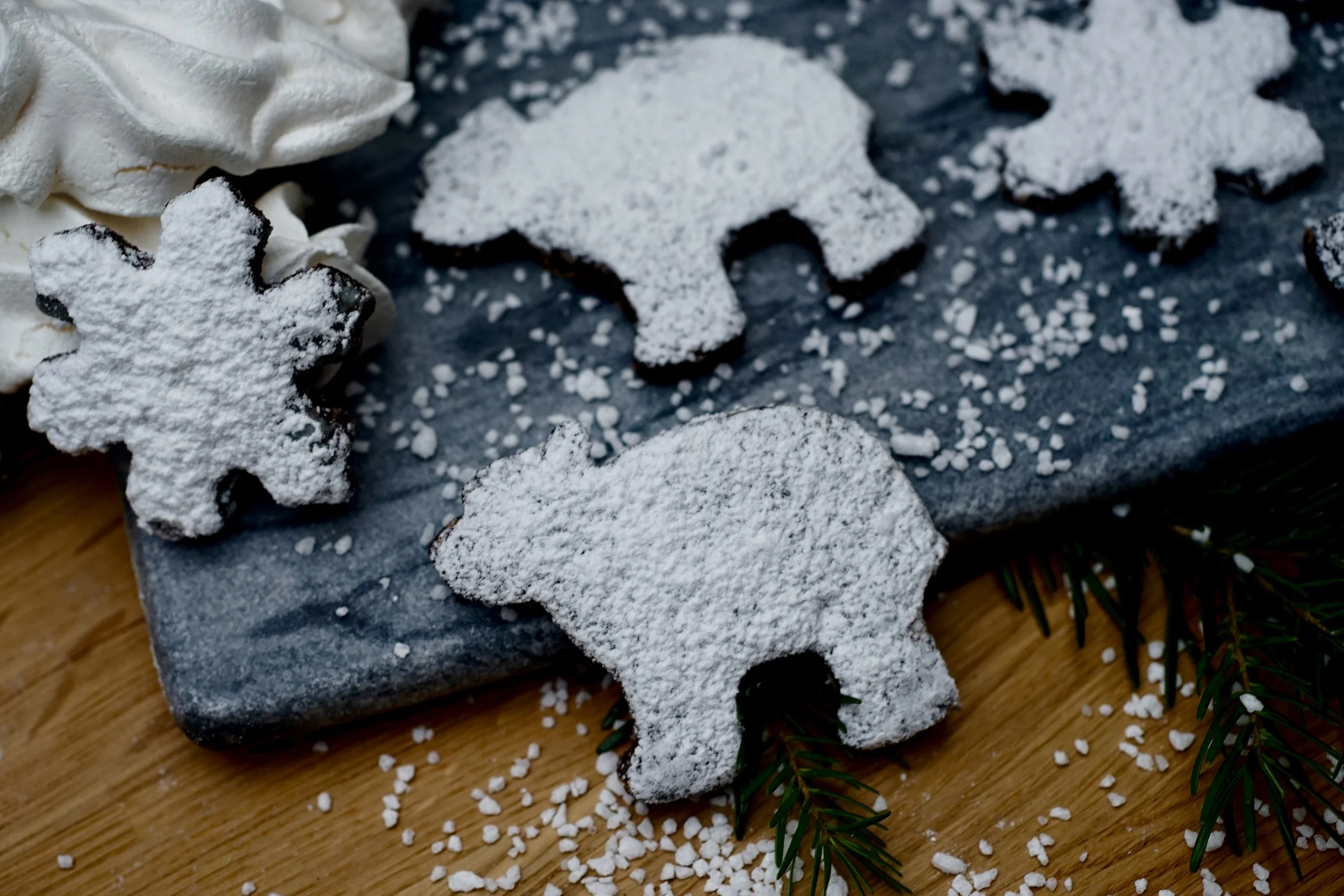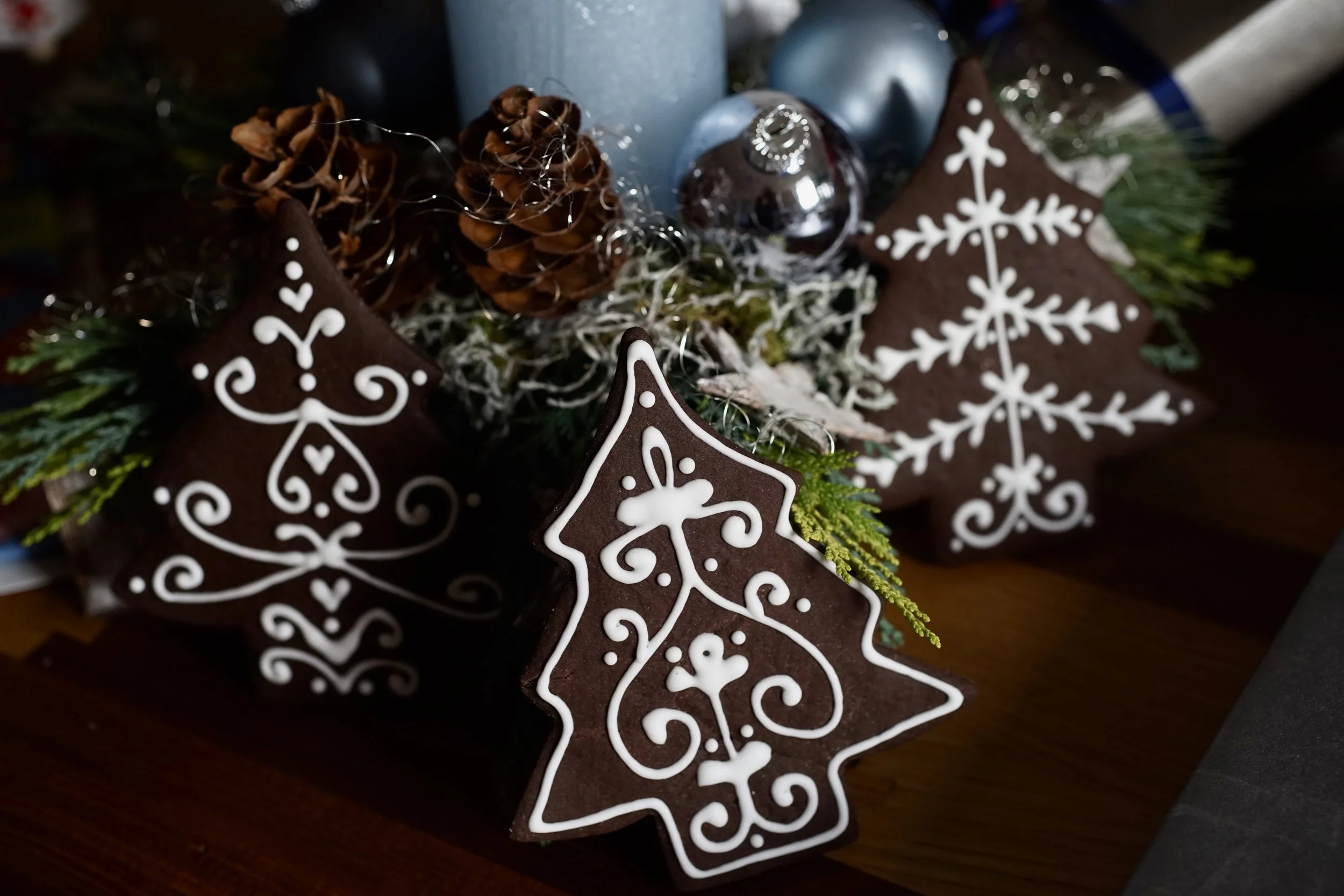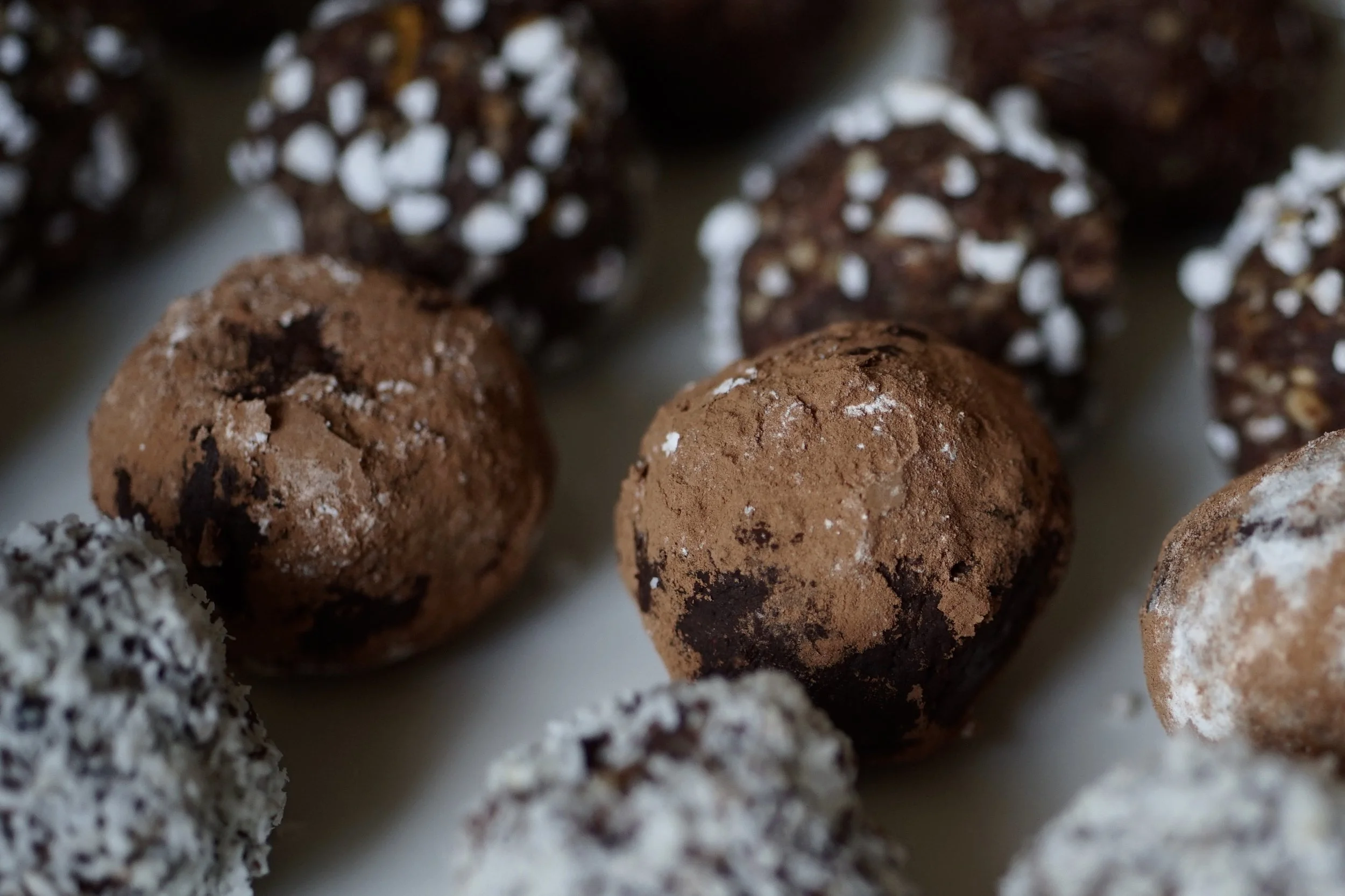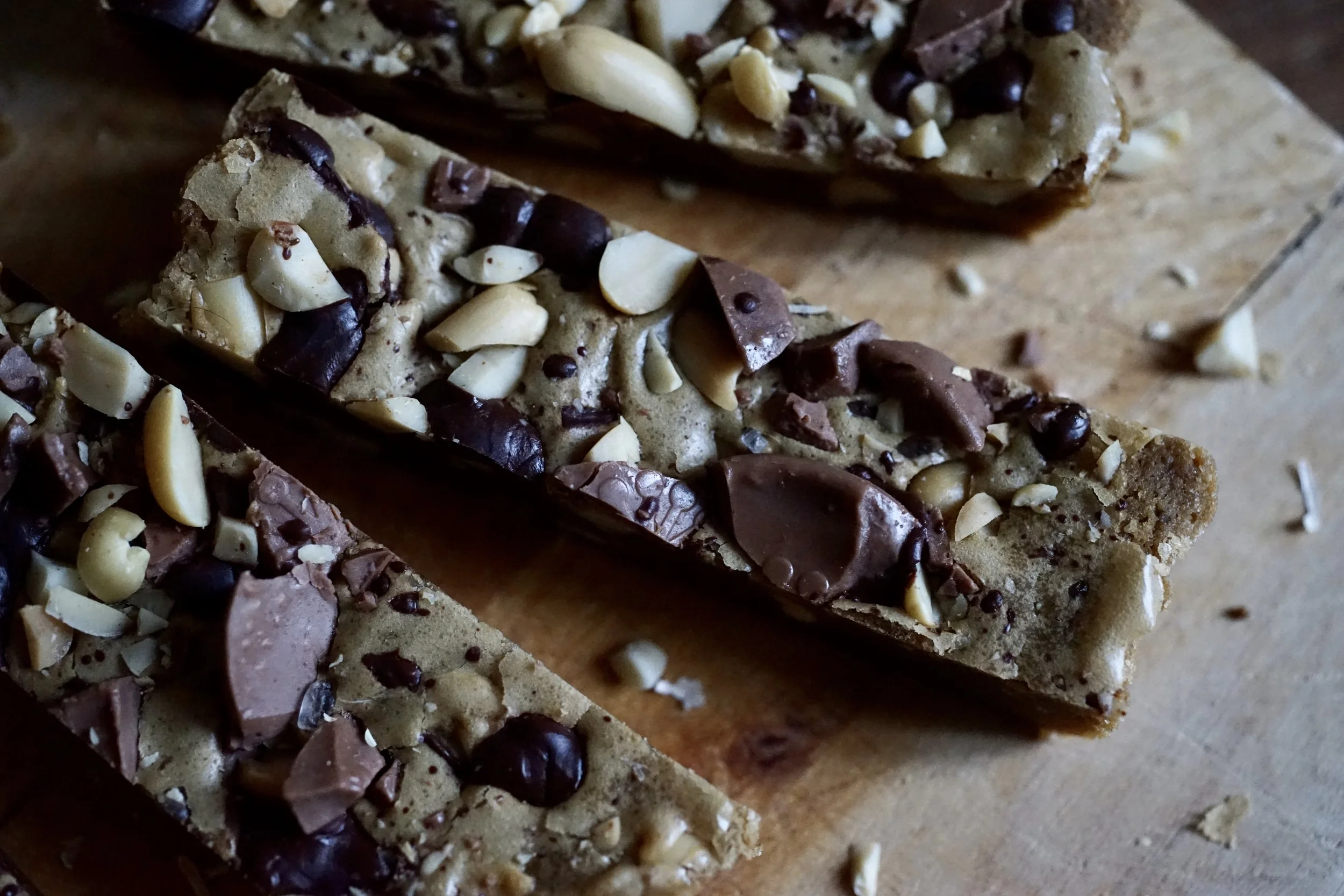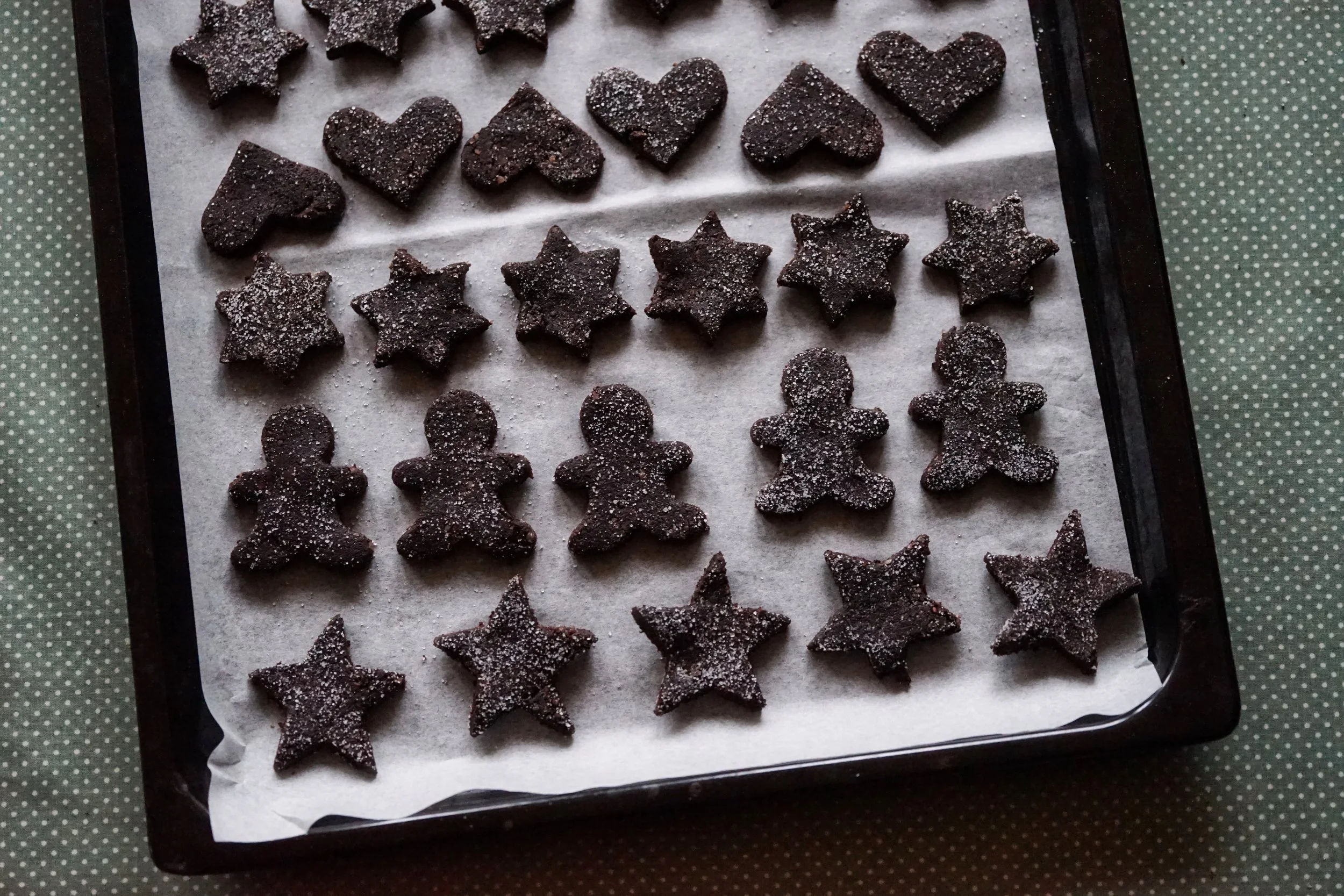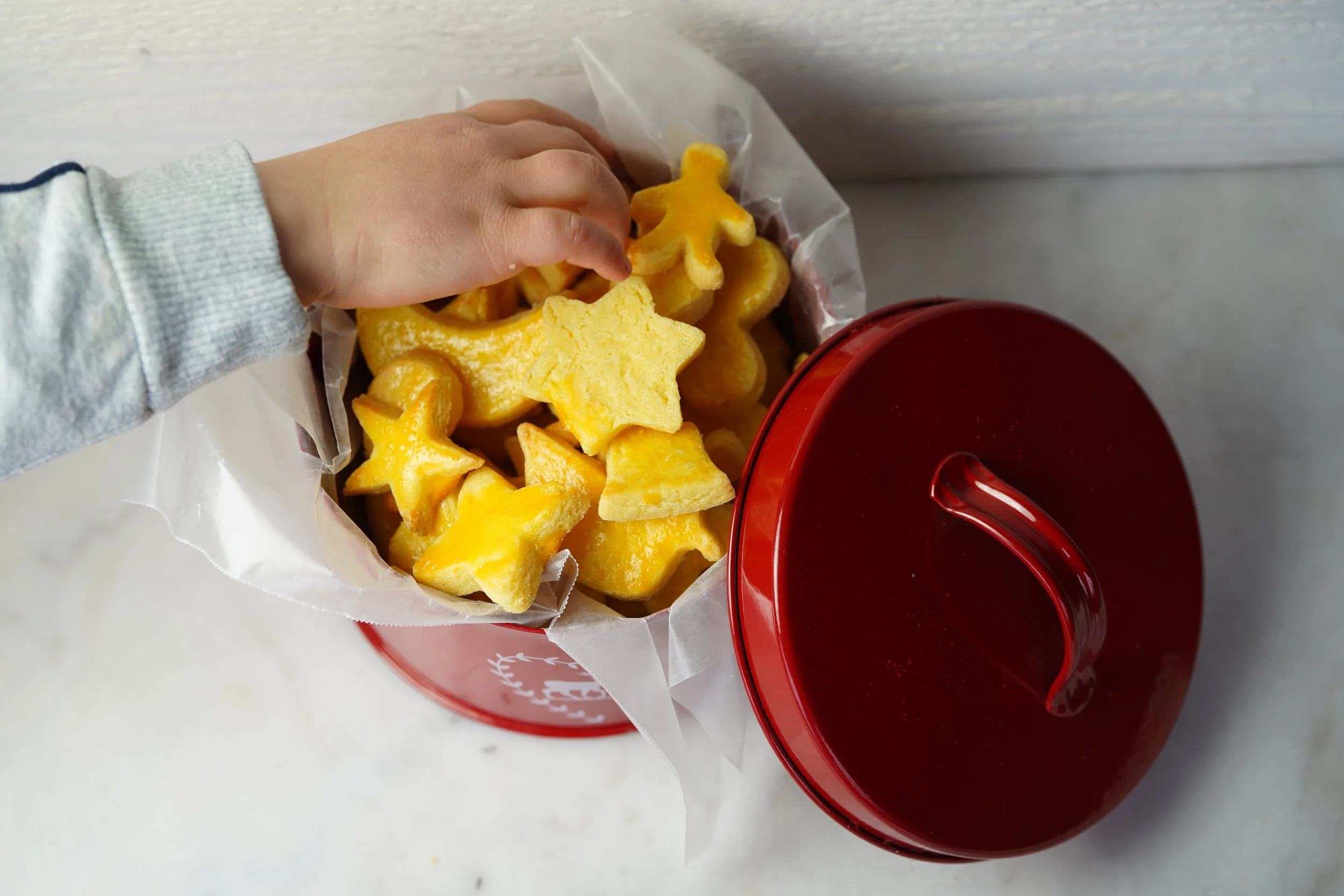Zimtsterne
Zimtsterne (cinnamon stars) are one of the classics of Swiss Christmas baking. No festive Guetzli tin would be complete without them, and other perennial holiday favourites Mailänderli, Brunsli, and Spitzbuben.
These cookies, also popular in Germany, have been around in some form or other for centuries. In the Middle Ages they were a luxury—warming cinnamon being particularly treasured and sufficiently expensive.
According to the Kulinarische Erbe, German cookbooks mention the recipe from around the 18th century and the cookie appears as a holiday favourite in Basel, alongside their Brunsli, about a century later.
Their makeup has remained pretty consistent over time: sugar, ground almonds, and whipped egg whites, along with the cinnamon, though sometimes the almonds are swapped for hazelnuts.
Recipes abound in professional Swiss baking textbooks, Betty Bossi, Tip Topf, the Fülscher etc, all with similar proportions of icing sugar and ground nuts. The biggest variation seems to be how they are glazed—some recipes ice first and bake to set, others ice after baking, and some let them dry out completely.
The most entertaining recipe comes from 1892, via Rosina Gschwind, who suggests beating the egg whites and sugar for an entire hour. You may need some fine motor skills to apply the icing in the recipe below, but your arm probably won’t fall off.
3 egg whites
250 g icing sugar
350 g ground almonds
2 tbsp cinnamon
1 tsp cloves
shot of kirsch
Using a large bowl and an electric mixer, whip the egg whites until they are stiff.
On low speed, mix in the icing sugar.
Now fill a small bowl with about 150 ml of the egg white-sugar mixture to use later as icing. Cover with plastic wrap and leave in the fridge until you are ready to ice.
In a large bowl, mix together the ground almonds, cinnamon, and cloves.
Add the egg white mixture and gently mix until you have formed a dough. Fold in the kirsch.
Roll out to about 1 cm (½ inch) thick, then cut out with a star-shaped cookie cutter (dipping in warm water between cookies) and place on a parchment-lined baking sheet.
Let dry on the baking sheets for a few hours or overnight.
Now, take your reserved icing out of the fridge. Either dip the cookies in the icing, or spread it over the cookies with a small knife or offset spatula.
When you are ready to bake:
Preheat your oven to 250° C / 450° F / gas mark 8.
One at a time, put the baking sheets on the bottom rack of the oven and watch until the icing just barely sets and the cookies get just a bit of colour at the edges. This usually takes less than five minutes—so don’t leave them unattended or they will get too dark (though they’ll still taste delicious).
Alternatively, you can bake the cookies without icing (for about 5 minutes), let cool completely, then brush the reserved icing on top. Let sit for a few hours for the icing to dry completely.
Forget to reserve the icing? No problem, the cookies will just be slightly stickier (you can add some extra ground nuts if they are impossible to roll out) and you can make some quick icing by mixing an egg white and about 80 g icing sugar.
Use icing sugar or a wet rolling pin to roll out these sticky cookies.
In my house the Zimtstern (and Brunsli and Mailänderli) were always rolled out to about a cm thick and cut with relatively small cookie cutters. If you prefer a thinner cookie, roll the dough slightly flatter.
These cookies will keep for a couple of weeks before they start to dry out. Store them alone in their own container and not with other cookies.
Use the leftover egg yolks to make Mailänderli or Spitzbuben.


